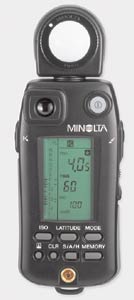did you see the distinct shadow of the plants cast by sun light?
don't need camera meter I also can tell the exposure is somewhere between f11-f13, 1/125s, ISO 100, but what setting are you shooting at?
don't need camera meter I also can tell the exposure is somewhere between f11-f13, 1/125s, ISO 100, but what setting are you shooting at?




